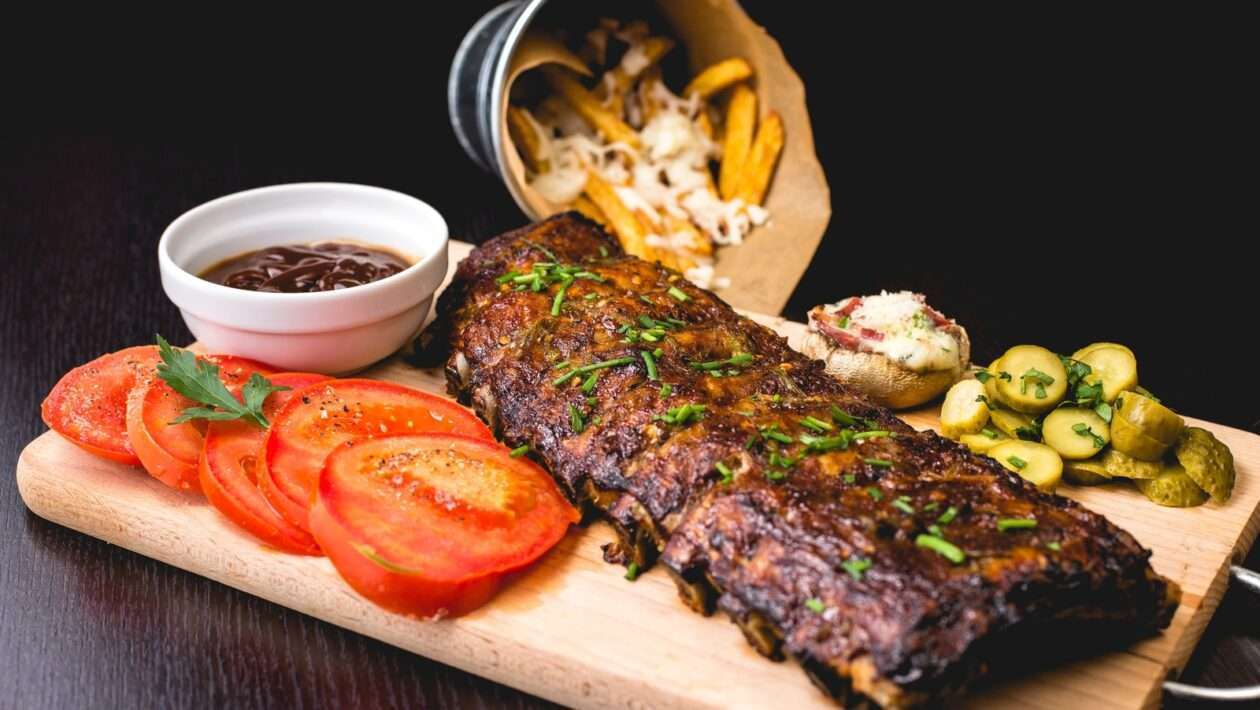Introduction
The world of fantasy can be a useful tool in helping young people discover and express their thoughts and feelings. For this exercise, we will use the notion of the ‚hero figure‘ as another tool for helping young people to look at their personal values in more depth.
In order to have a clearer understanding of the nature of the activity, the following remarks should be taken into consideration:
1. Consciously or unconsciously, almost everyone has one or more ‚hero figures‘;
2. Hero figures play an important role in the lives of young people since they normally serve as a centre of attraction or as a figure with which to identify and in this way they help young people to adopt a number of values;
3. It is therefore important to realize that hero figures are not ‚neutral‘, they have a certain image and convey a number of values;
4. Viewed from a collective dimension, hero figures can also play a very important role in the life of larger communities, such as a racial or ethnic group or a country.
For this reason, a hero figure can be a most important factor in national unity (when it is shared by the whole population of a country), but it can also cause division when it is shared by a particular sector of the society, community or ethnic group and not recognized by other sectors of the population.
This aspect must be carefully taken into account for this exercise. Only the general setting is given here, but it can and should be adapted to local circumstances.
The main aim is to encourage people to realize that other people in the same country, community or city may have other ‚heroes‘ and to understand and respect their choices.
Process
1. A few volunteers should be asked to give their definition of a hero. It is not important to give a dictionary definition. Some of the following aspects may possibly emerge: A hero is: a noble person admired for his or her achievements of noble qualities, someone with superhuman qualities, someone who has special talents, someone who has dedicated his or her life to the service of others, etc.
2. Give out the MY HERO form. State that:
- a) A hero (for the purposes of this exercise) could be a real or fictitious character. It could be a patriot of the country, a religious figure, a popular character from a TV series or commercial, an historical figure, a hero from a book or film, etc;
- b) Each person may have one or several heroes, but for the purpose of the exercise participants are asked to concentrate on only one hero. They should therefore select the hero who is the most important to them.
3. Each person completes their form individually. There should be no communication between people.
4. Having completed the form, each person finds a partner and shares their answers with them. It is recommended that each partner gives their answer to question No. 1 before going on to question No. 2 and so on. This will make any comparison easier and keep the dialogue between partners flowing. People should be ready to answer questions asked by their partner, e.g. At what age did you chose your hero? Have you changed your hero figure many tiines? What were the reasons for your choice of hero figure? etc. Questions that appear critical or threatening should not be allowed, e.g. Don’t you think it is wrong for someone to have a war hero? etc.
5. Back in the large group ask people to name some of the qualities that their hero has. These can be written on a board. Striking similarities between the qualities of very different heroes, both historical and fictitious characters will probably be seen. The names of heroes can be shared. If this happens, criticism of the choices should not be allowed.
6. Comments can be made about the positive and negative qualities of heroes in general and questions raised about their influence. Discussion can also take place about the value of having hero figures for individuals and communities. Points could also be made about the dangers of blindly accepting everything about somebody you admire as opposed to keeping some kind of critical distance from them.
Conclusion
This activity can prove quite thought-provoking for people as it asks them to reveal a great deal about themselves and their personal values. It then links this with the effects of hero identification on groups of people and communities. The power of these personal and shared values can then be seen. Further work on these aspects and the need to recognize and accept different values can follow.
MY HERO
1. if you were asked to select ONE hero, who would you chose?
2. a) What qualities of your hero do you admire the most? Why?
b) Are there any qualities/characteristics of your hero that you dislike? Why?
3. a) Which of your hero’s actions gives you the most joy? Why?
b) Which of your hero’s actions disappoints you the most? Why?
Has your hero taught you what you consider to be a very valuable lesson as far as your own life is concerned? If YES, briefly describe the lesson.

